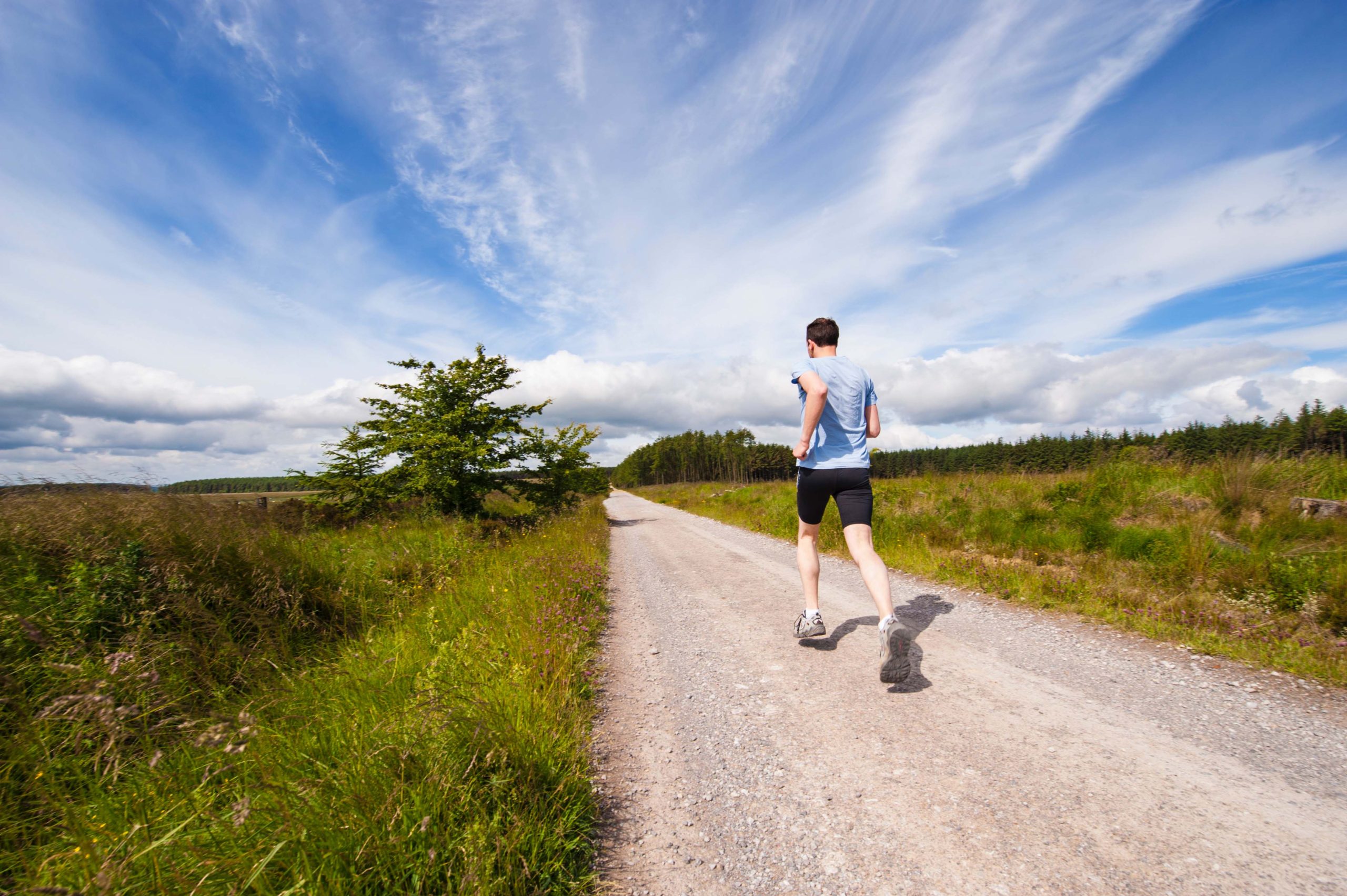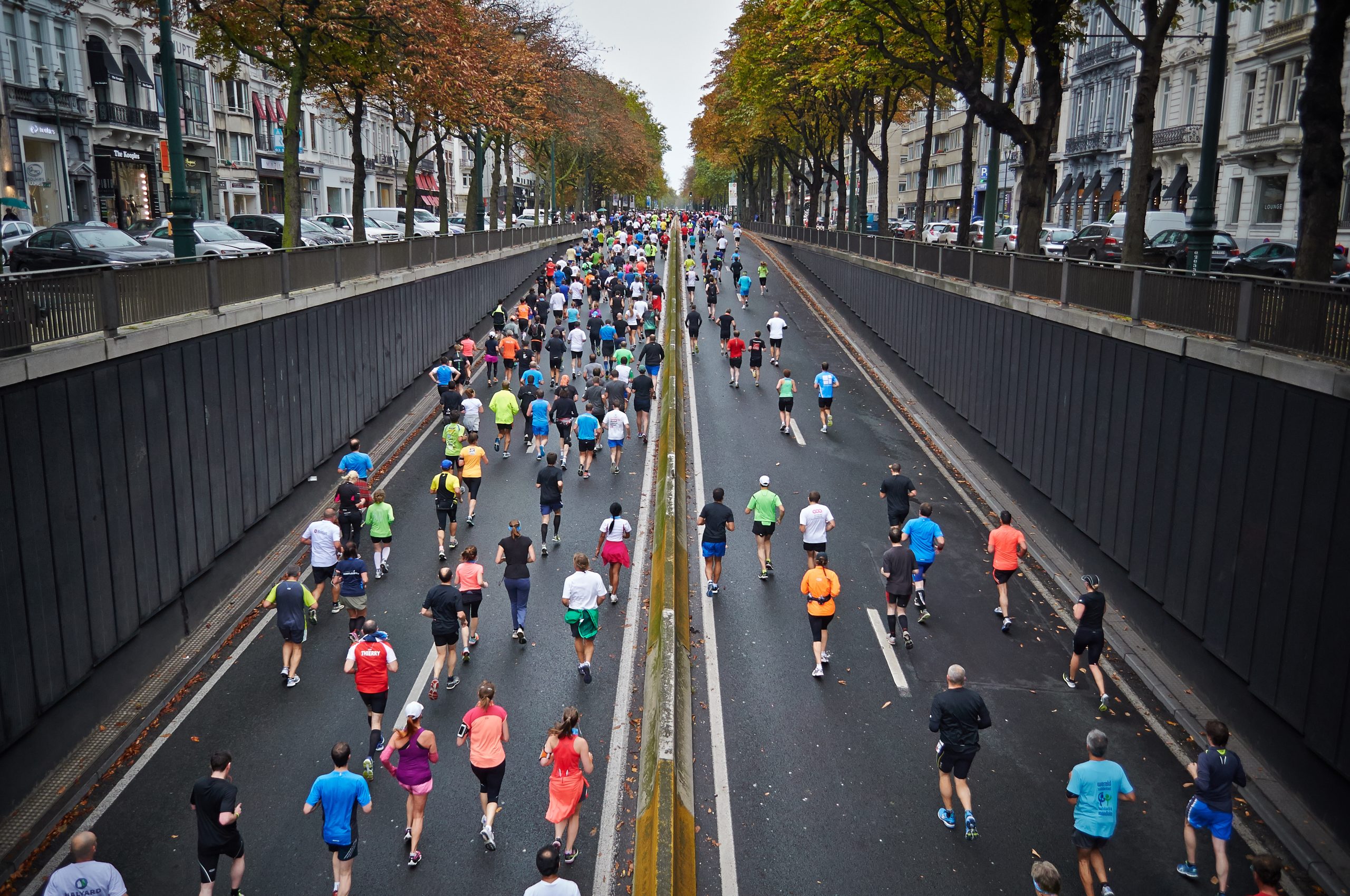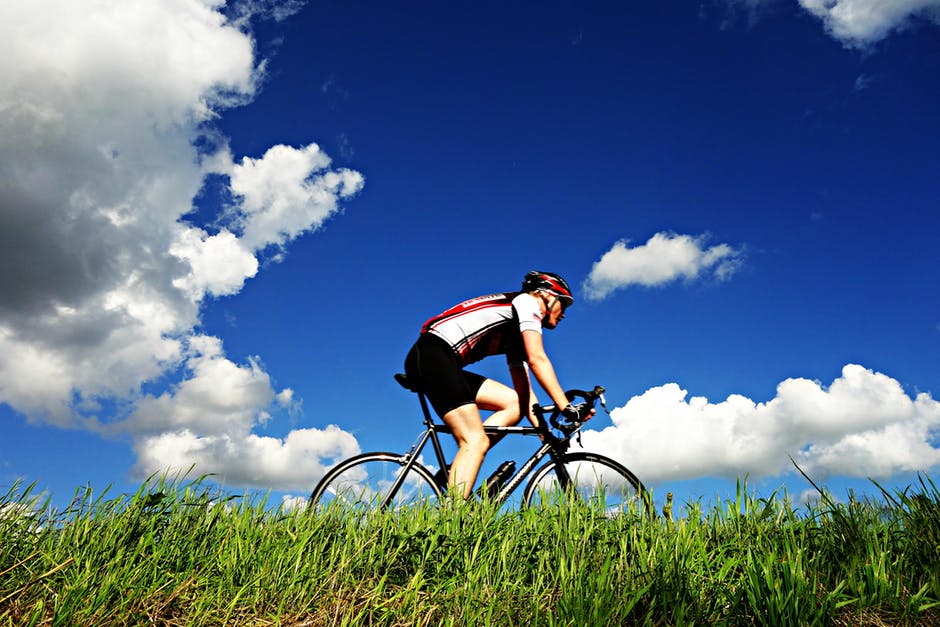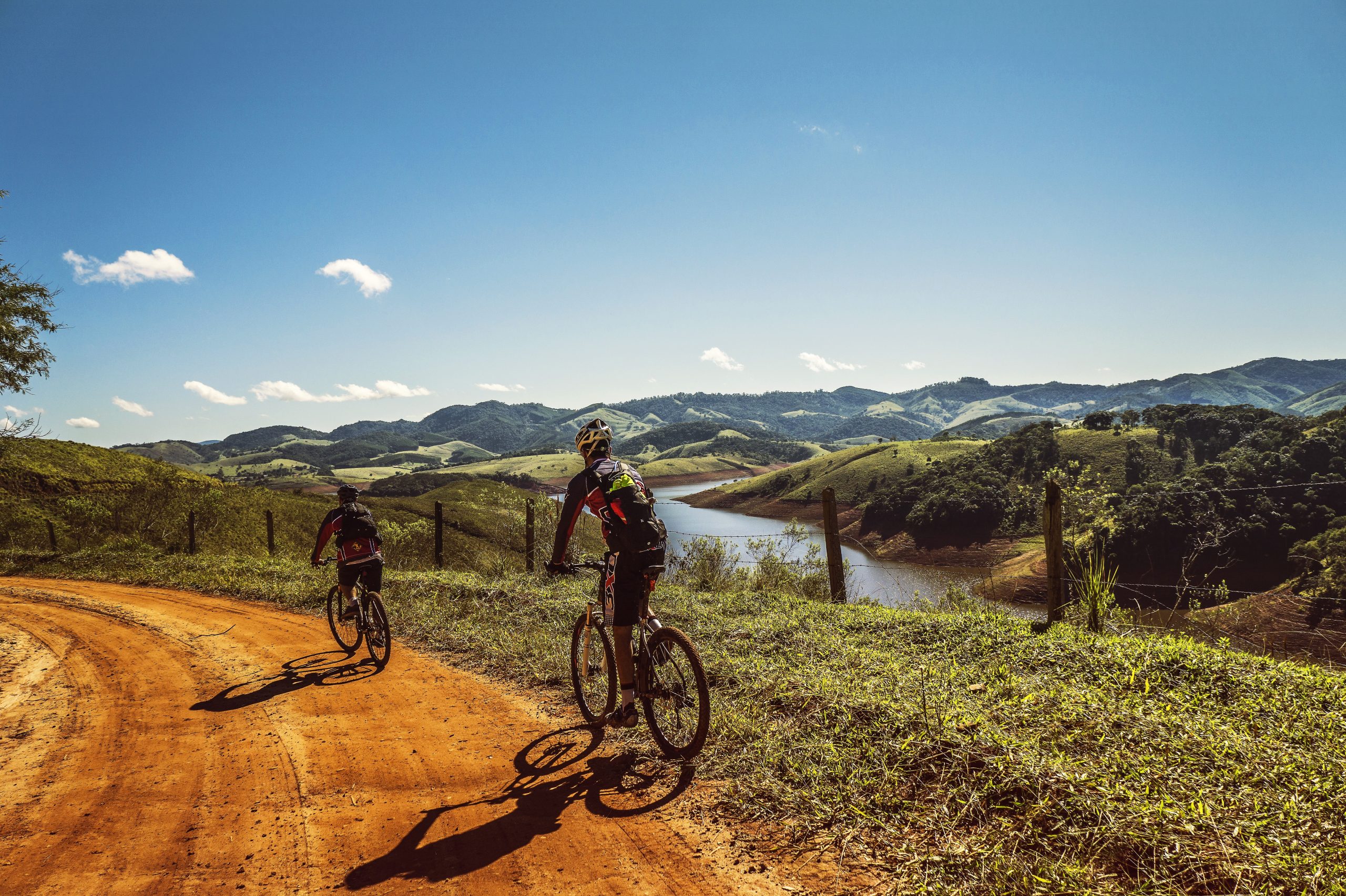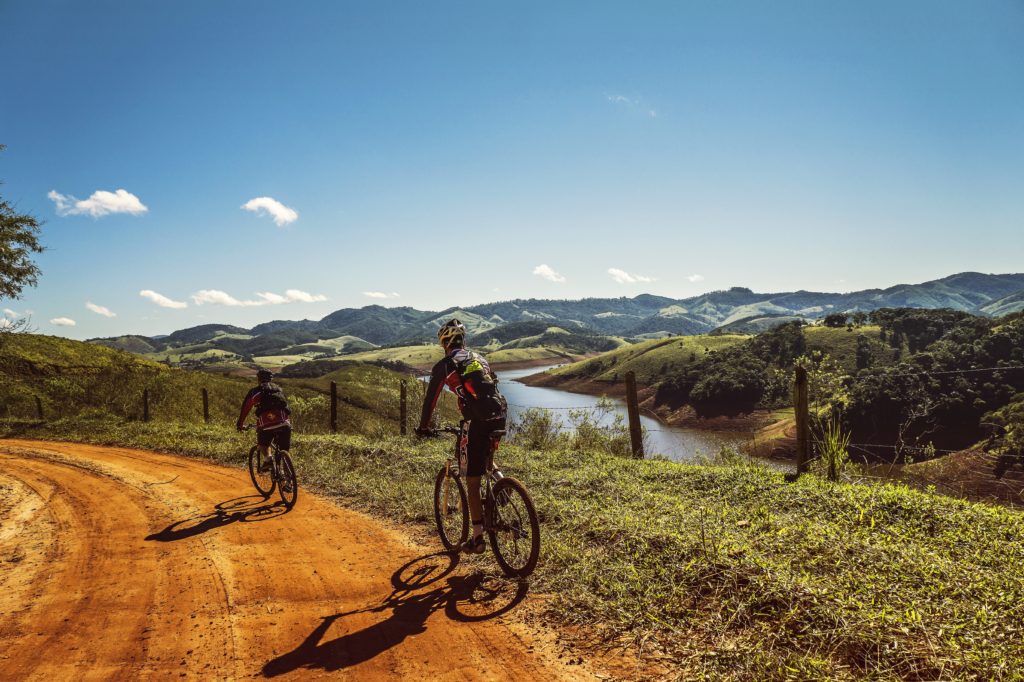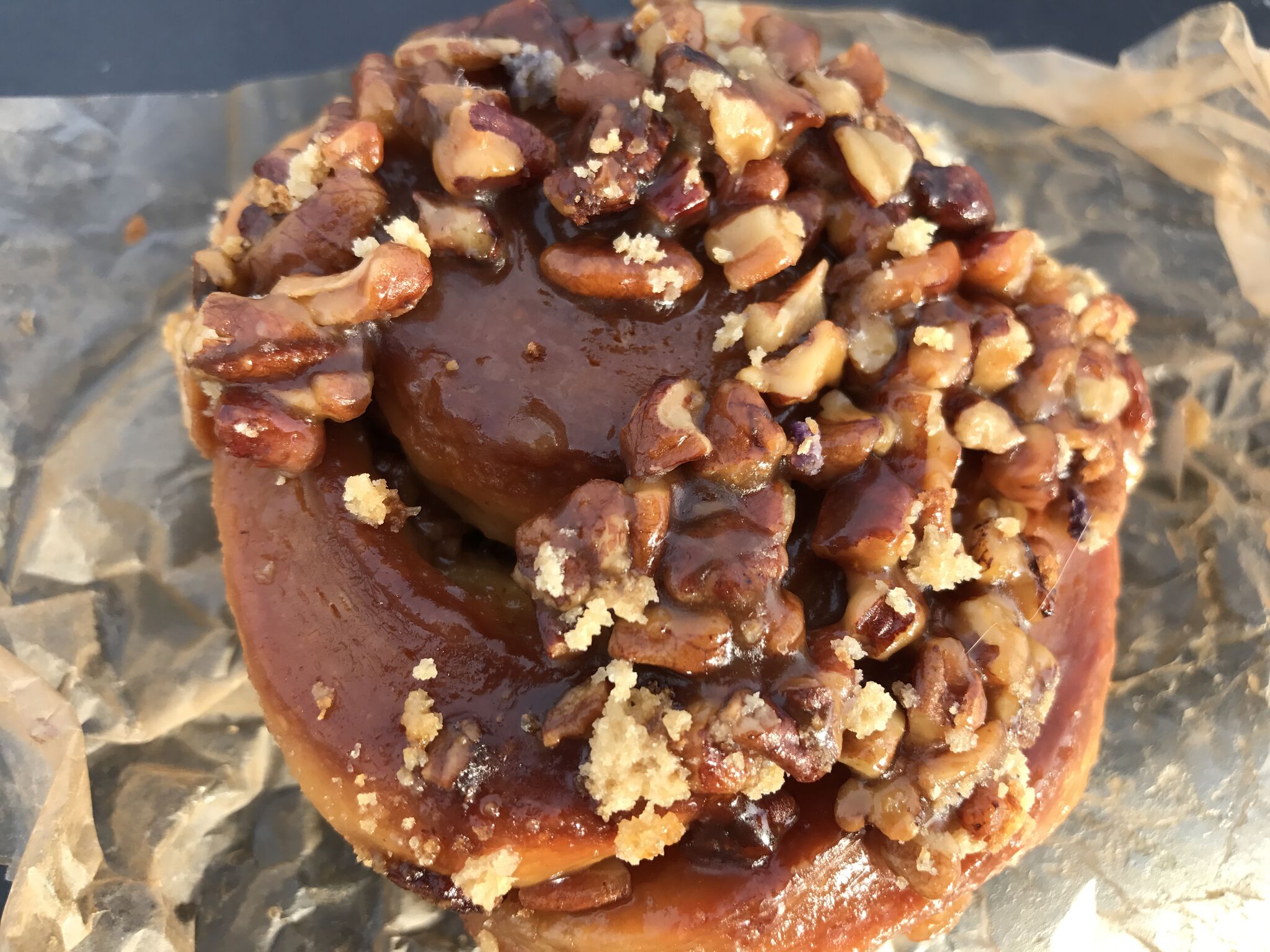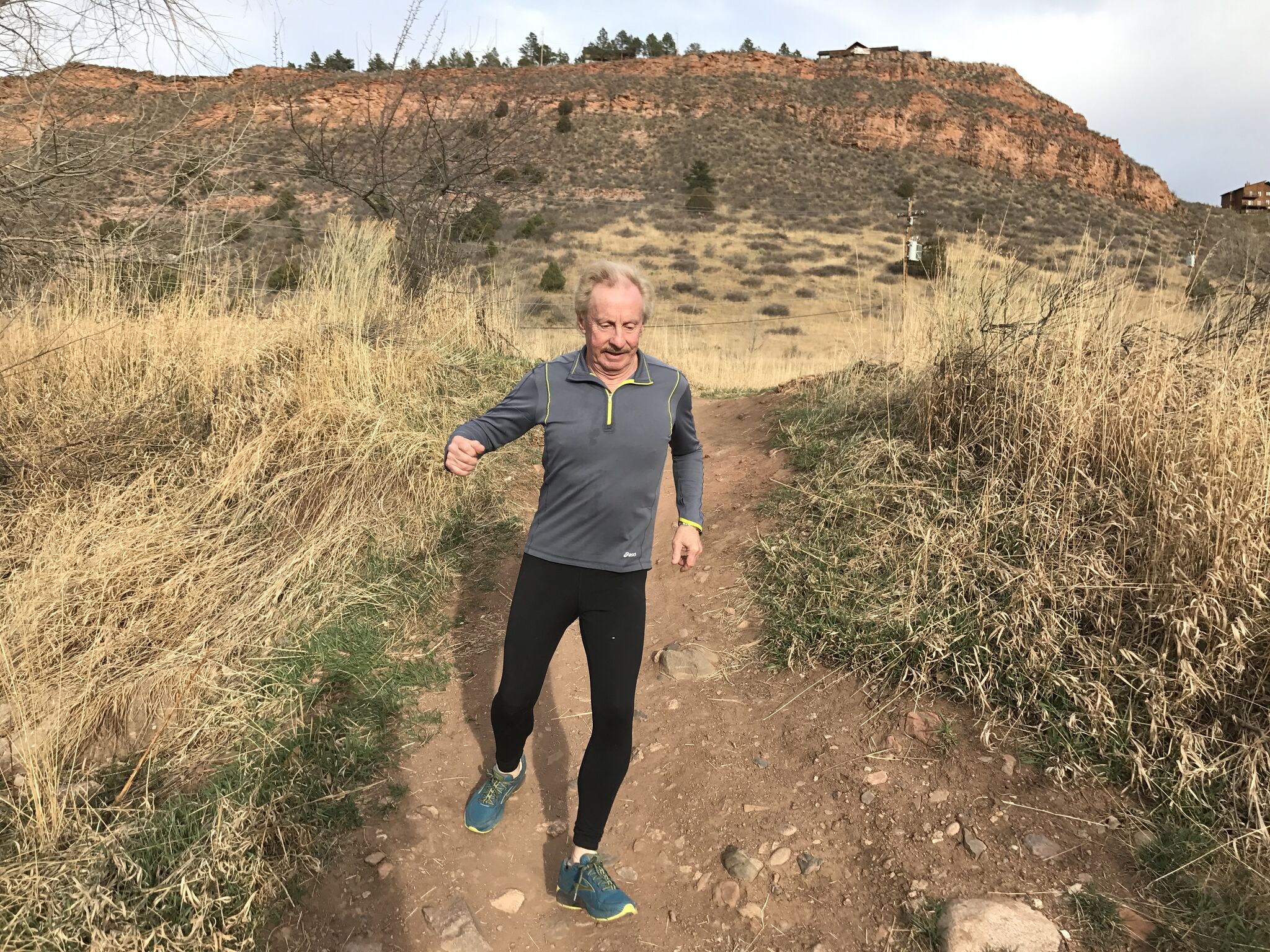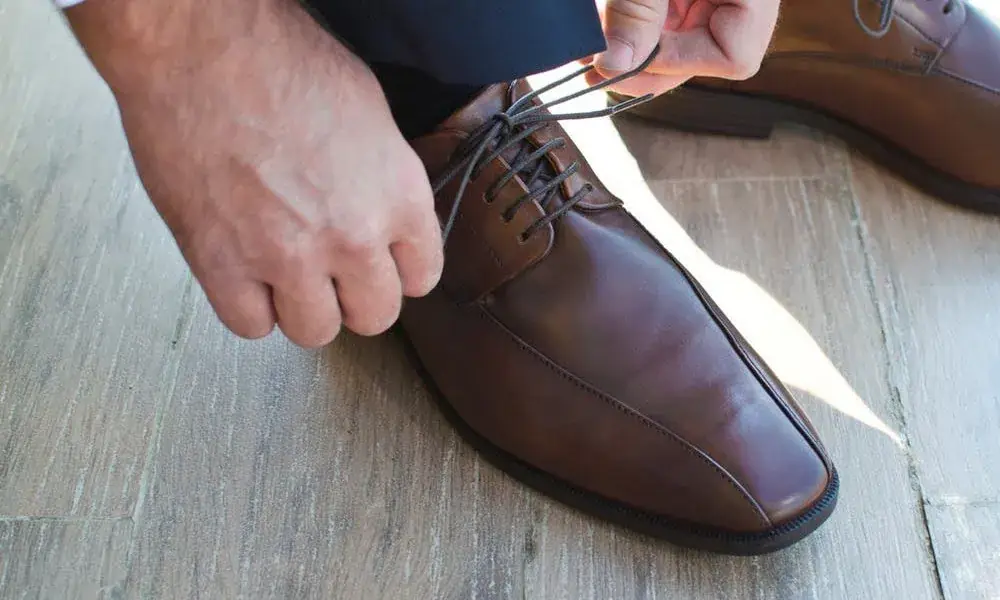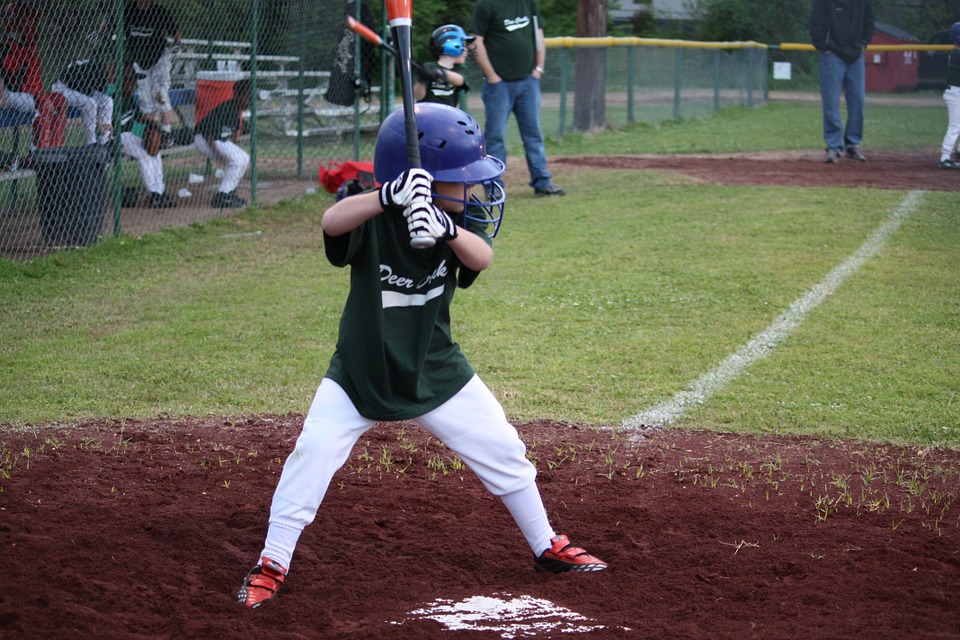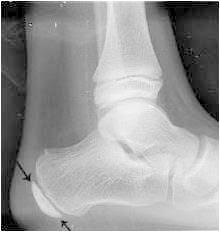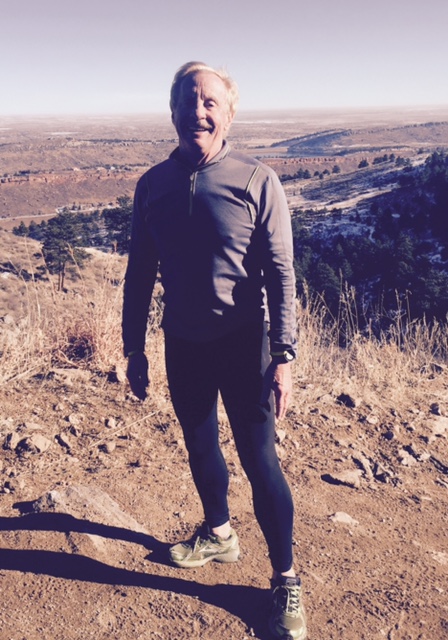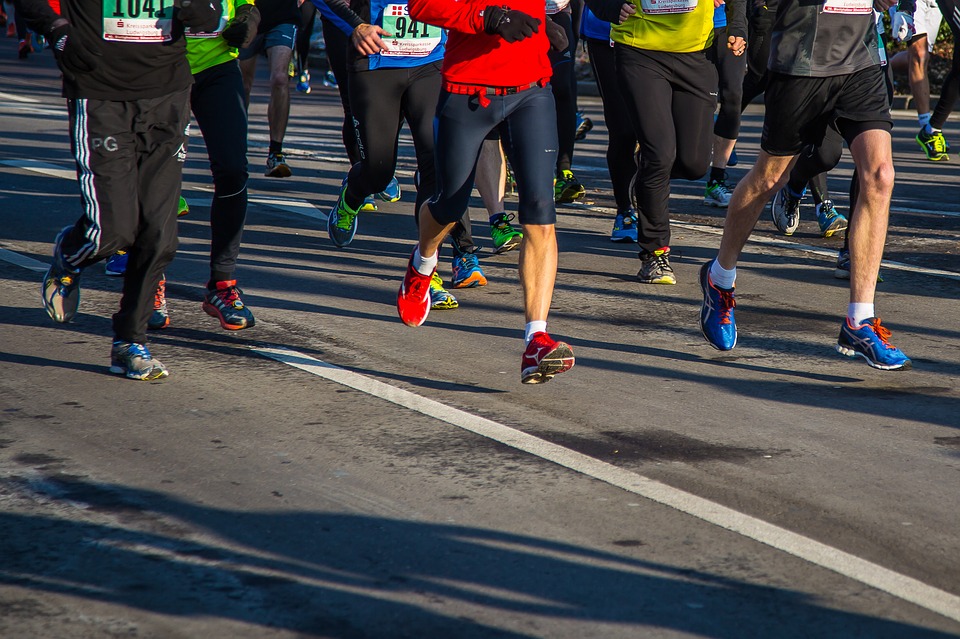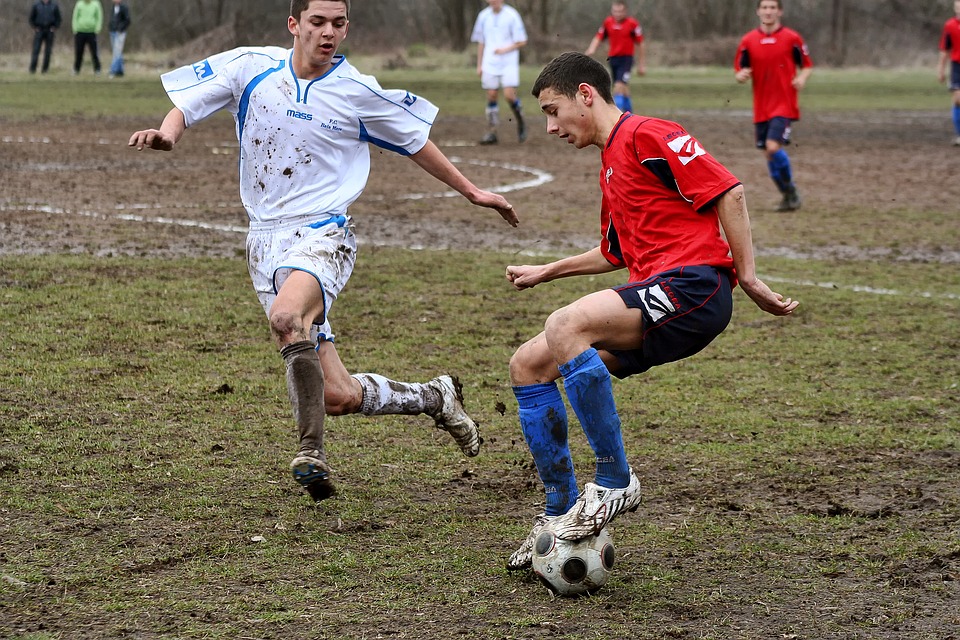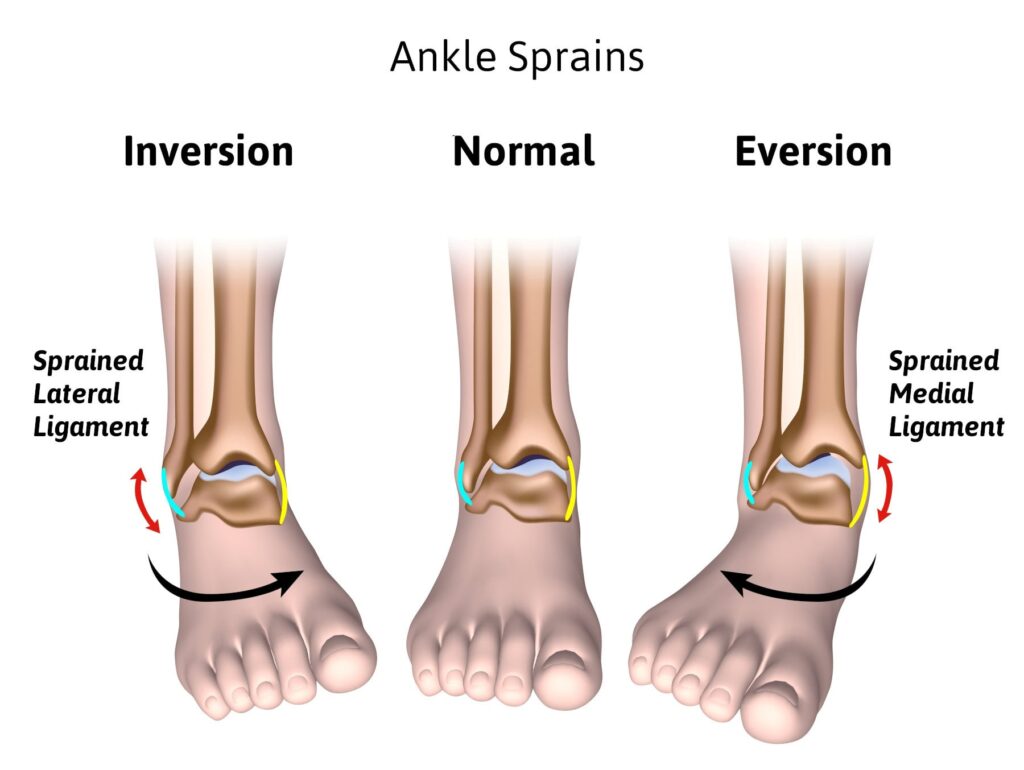I treat a wide variety of sports-related aches, pains, and injuries involving the feet and ankles. While there is no sure fire way to avoid all of these issues, there are some common workout methods that can aggravate your feet more than others. Over the years, I have learned to ask for detailed info on a patient’s exercise regimen. For example, the type of running shoes, hiking boots, etc they use is important. The type of surface they are running/walking on, warm up and cool down techniques, etc. are all very important.
This advice does not pertain to everyone or every situation. If you do any of these things and don’t have pain, then feel free to keep doing what you are doing. But, if you have been dealing with nagging foot pain that isn’t going away, then read on. A simple change in how you exercise may help.
1. Treadmill Running + Incline = Pain
This is one I have seen quite frequently. Just running on a treadmill is fine in most cases. But, once you start cranking up that incline, the chances of pain and injury also start to climb. As the pitch increases, you start running more on just the ball of your foot. This does three things.
- Focuses all the impact on just the ball of the foot.
- Prevents normal rear-foot pronation which leads to decreased shock absorption to the whole foot.
- Causes increased tension/strain on the Achilles tendon and maintains this strain throughout the stride.
These things can lead to development or worsening of neuroma pain, plantar fascia pain, Achilles tendonitis, and joint pain in the ball of the foot. So if you routinely use the treadmill on an incline, and have been having any type of foot pain, keep the treadmill flat or run outside or on a track if possible. This may not solve the problem right away, but can be a good starting point.
2. Barefoot + Running = no problem (most of the time)
BUT: Barefoot + Dance/Aerobics/Zumba/etc = Ouch
For many years now barefoot running has been touted as good for your feet and for many people this can be true. However, just because barefoot running may have some benefits, it doesn’t mean that being barefoot during other types of workouts is just the same. For example, dance-type aerobic workouts like Zumba are very popular, and can be a great workout, as well as a lot of fun. But these types of activities (usually done on hard surfaces) involve quite a bit of repetitive stress and impact on the feet and should rarely, if ever, be done barefoot. A decent pair of athletic shoes will provide the necessary shock absorption and support to keep your feet happy and healthy.
3. Beware of the “Minimalist” Shoes
Over the past few years, “minimalist” shoes have been popular and are marketed as having similar benefits as barefoot-type shoes. These minimalist shoes are typically very lightweight, flexible and offer little benefit for either support or shock absorption. In addition, since the foot’s motion is still confined in a shoe, they do not have the foot strengthening benefits of barefoot shoes. In short, they provide all of the negatives of barefoot running and none of the positives. Stiffer soled shoes with adequate cushion are usually the better option if you are having any chronic foot pain.
As I mentioned before, these recommendations do not pertain to every person in every instance. However, if you regularly do any sort of these workouts and have any foot pain associated with it, then it may be a good idea to make some minor adjustments to your routine. Your feet will thank you for years to come.
If you are experiencing unresolved foot pain, come see us! We can help.
